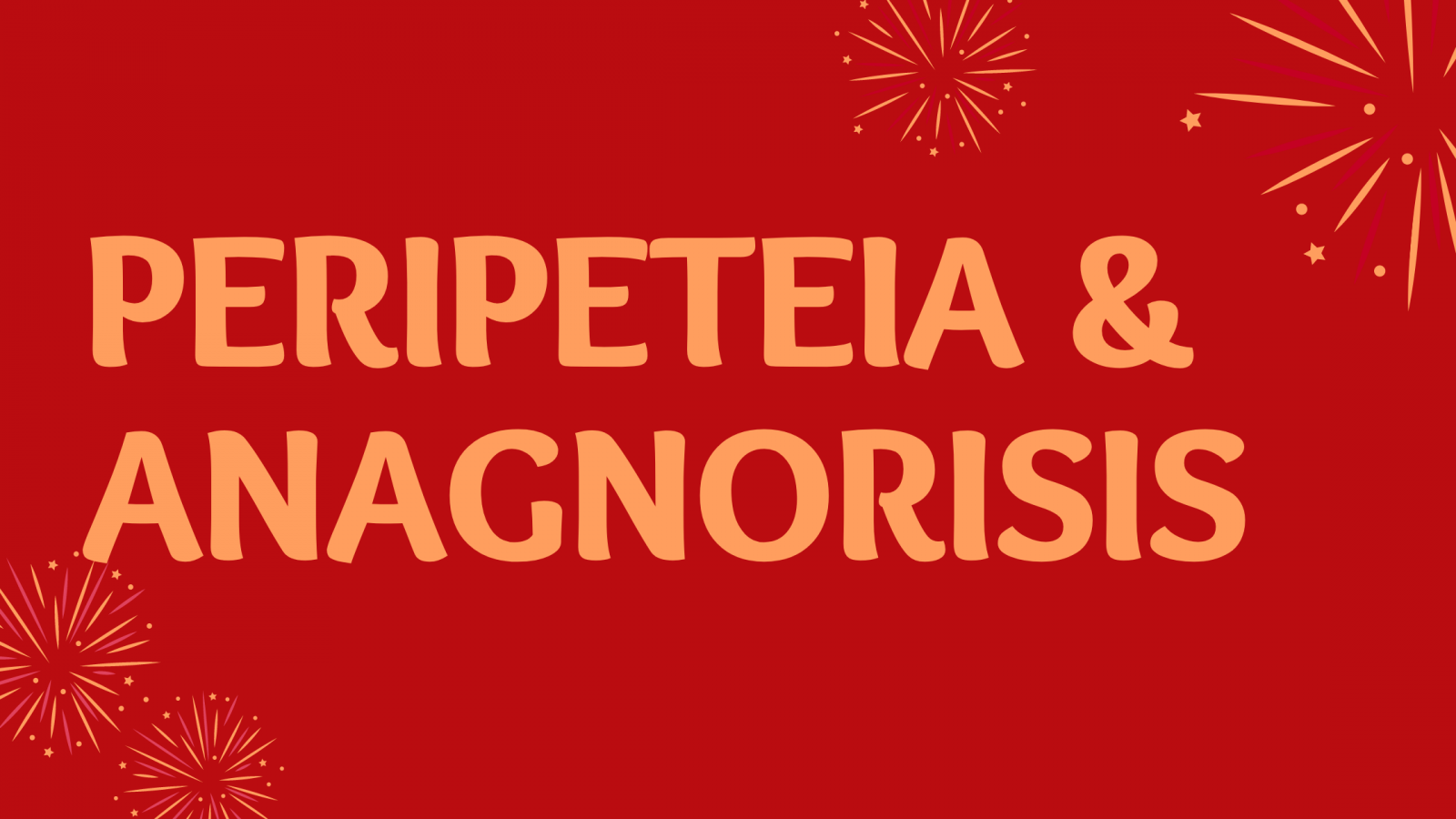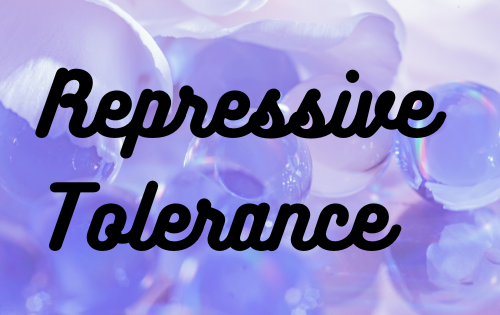
What is Pastoral Elegy?, its Examples , and its Characteristics
Definition of Pastoral Elegy:
The pastoral elegy is a special type rooted in classical literary tradition. The term “pastoral” comes from the Greek word pastor, meaning “shepherd.” In this poetic form, the poet often adopts the voice of a shepherd mourning the death of another shepherd, creating an idealized rural setting to express grief. This form arose in ancient Greece and was practiced by poets such as Theocritus, Bion, and Moschus. The Roman poet Virgil later refined it in his Eclogues. In English literature, the pastoral elegy became popular during the Renaissance and has continued to influence poets to the present day.
Conventions of the Pastoral Elegy: Traditionally, the pastoral elegy follows a formal structure that includes:
- Invocation of the Muse and mention of the deceased.
- Expression of grief by the poet and/or fellow shepherds.
- Nature’s mourning, often depicted as participating in the lament.
- Funeral procession, sometimes with mythological references like nymphs or muses.
- Philosophical reflections on death, fate, or divine justice.
- Consolation, often involving visions of resurrection or immortality.
Famous Examples of Pastoral Elegy:
- Edmund Spenser’s Astrophel mourns the death of Sir Philip Sidney in a stylized pastoral manner.
- John Milton’s Lycidas commemorates the death of Edward King, blending classical and Christian imagery.
- P.B. Shelley’s Adonais – a powerful lament on the death of John Keats, filled with Romantic symbolism.
- Matthew Arnold’s Thyrsis and The Scholar Gipsy – reflect personal loss and cultural decline through the pastoral lens.
Criticism of the Form
Despite its beauty and literary elegance, the pastoral elegy has been criticized for its artificiality. Dr. Samuel Johnson, for example, condemned the form for being unnatural and emotionally distant. He famously remarked:
“Where there is leisure for fiction, there is little grief.”
His critique points out that the idealized rural imagery and mythological allusions often obscure the raw emotional truth of personal loss.
The Modern Elegy: Breaking Pastoral Conventions: Modern poets have frequently departed from the traditional pastoral structure, expressing grief in more personal, realistic, and psychological terms. The elegy has thus evolved to reflect contemporary sensibilities.
- In In Memory of W.B. Yeats, W.H. Auden reverses traditional elegiac expectations. Instead of depicting nature mourning the poet’s death, he shows nature and human life carrying on indifferently. He does not glorify Yeats. Instead, he calls him “silly” and even suggests his poetry had no political impact: “Ireland has her madness and her weather still.” This ironic treatment challenges the idealization of the dead often seen in earlier elegies.
- In Do Not Go Gentle into That Good Night, Dylan Thomas offers an elegy that is fierce, defiant, and emotionally intense. He urges his dying father to “rage against the dying of the light.” The poem reflects a modern elegiac tone—unfiltered and passionate, far removed from the pastoral calm of earlier poems.
Elegiac poetry in the 20th and 21st centuries is marked by variety, experimentation, and personal voice. Poets like: Philip Larkin, with his reflective and melancholic tone, Seamus Heaney, who often elegizes individuals and places with historical resonance, Sylvia Plath, whose work echoes deep psychological anguish, —have all redefined the elegy in their own terms.
The pastoral elegy began as a formalized, conventional expression of mourning in an idealized rural world. While it produced some of the greatest works in English poetry, its artificial structure and idealized tone led to criticism over time. As poets sought more authentic and personal ways to express grief, the elegy evolved, moving away from pastoral imagery to embrace irony, realism, and emotional intensity. Today, the elegy remains a powerful vehicle for exploring loss, mortality, and the human condition, though rarely in the shepherd’s voice.
Also read: Dystopian novel: Definition, key aspects and examples




